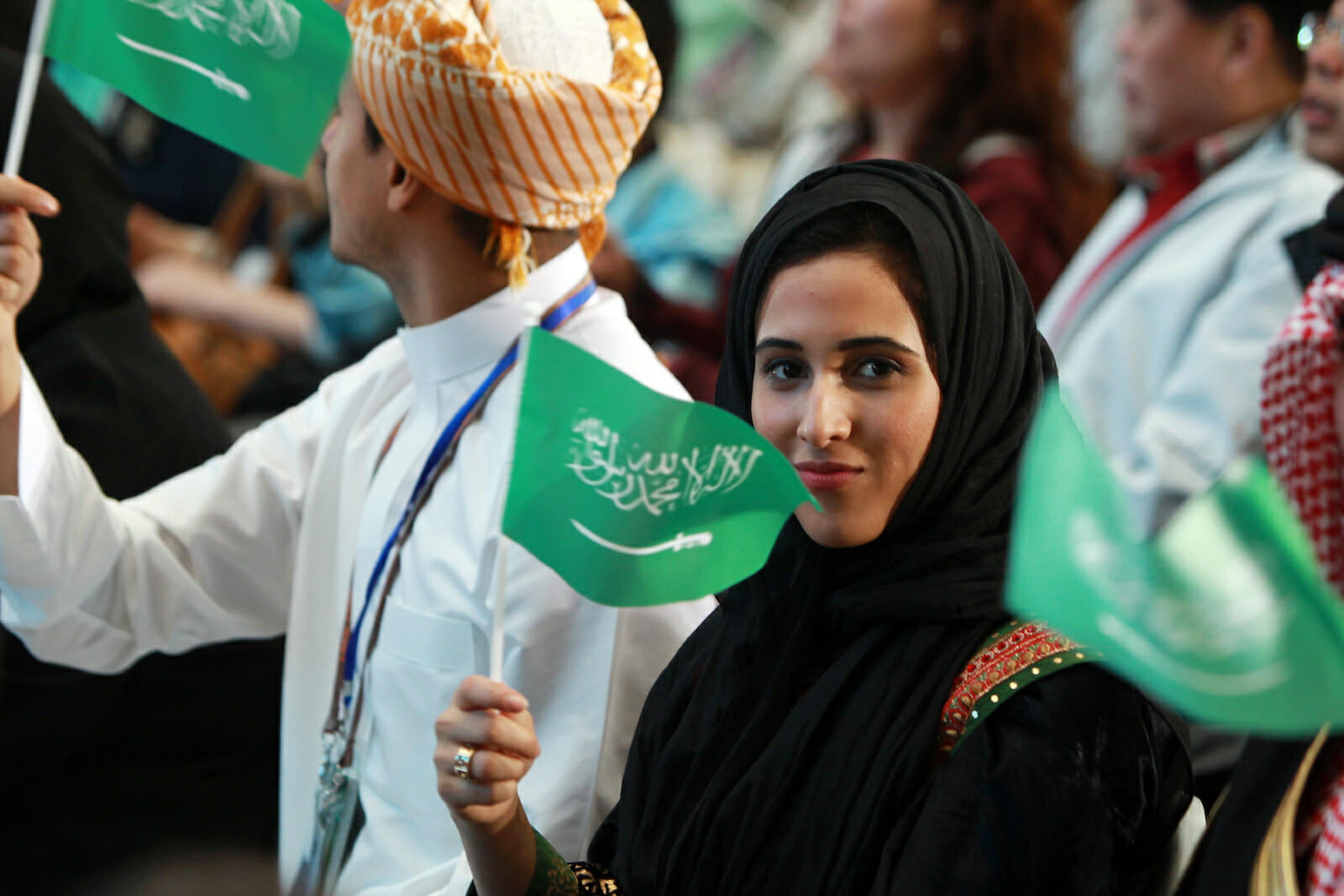
Institutionalising China’s Relations with the Gulf
Last February, Qatar-China Business Forum was organised by China’s Ministry of Commerce in Beijing. The conference aimed to strengthen joint cooperation, promote bilateral trade, investment and industrial relations. Also discussed were prospects for new partnerships between the two countries. The forum, which was attended by Qatari and Chinese officials and businessmen, decision-makers, investors, and executives from major companies, resulted in the agreement between the two countries to boost their ties.
While the forum may epitomize the growing institutionalisation of relations between China and the Gulf countries, if we look deeply, institutions have actually been present since the early days of China’s ties with the region.
The first of such institutions is the China-Arab States Cooperation Forum established in 2004, which according to the “Declaration on CASCF” and the “Action Plan of CASCF” serves as a platform for negotiating the terms of China’s engagement with Arab states, including the Gulf. It organises meetings, either in China or in one of the Arab countries, bi-annually. One of its prominent and recent initiatives is the “1+2+3” cooperation pattern, which lays out the framework of Sino-Gulf interaction. Under the framework, energy constitutes the fundamental factor in the relationship; infrastructure, trade, and finance represent the second component (“2”); and the three refers to the new high-tech industries of nuclear technology, space, satellite, and new energy (“3”).
Another crucial institution is the China-GCC Strategic Dialogue, which was founded in 2010 to upgrade Sino-Gulf ties by upgrading the relationship to the level of ‘strategic.’
The “strategic partnership” is a diplomatic mechanism introduced by the CCP in the 1990s and is pursued by either an individual or groups of countries. Such a partnership, however, does not necessarily refer to military alliances or quasi-military alliances. Instead, when specific relationships are labeled as ‘strategic,’ they are expected to include all spheres of a relationship, political, economic, cultural, and military and all the parties involved have to agree to pursue a long-term partnership. To date, the China-GCC Strategic Dialogue has established strategic partnerships with Qatar, Saudi Arabia, Oman, Kuwait, and the UAE, and has engaged in negotiations with Bahrain.
In addition to pursuing strategic partnerships, the China-GCC Strategic Dialogue has also organised rounds of negotiations on the finalisation of the China-GCC FTA. The GCC is the second region, after the ASEAN, to have FTA negotiations with China. The negotiations began in July 2004, when China and the GCC concluded a Framework Agreement on Economic, Trade, Investment, and Technological Cooperation. Several subsequent talks have since been held to finalise the signing of FTA, which is expected to strengthen China’s interaction with the Gulf States. The FTA is expected to remove tariff barriers on capital between China and the GCC. To date, the FTA has not been finalised and the CCP, with the implementation of the Belt and Road Initiative (BRI), has called for its finalisation to be expedited.
It is important to note that a number of other institutions have also been established to support China-Gulf interactions, such as the China-GCC Cooperation Forum, China-GCC Trade and Economic Joint Committee, China-Arab States Economic and Trade Forum, and China-GCC Countries Forum on Economic Trade Cooperation.
In each regional GCC country, further similar institutions have also been initiated such as Omani-Chinese Friendship Association, China-Qatar Business Council, and China-Kuwait Friendship Association.
Beside boosting China’s ties with each GCC countries, assisting companies and institutions, and organising mutual access for entities from China and the Gulf, these institutions have served as an important platform for China’s soft-power efforts. For example, various meetings, summits, and agreements organised by these institutions have been utilised to raise awareness about each other and to universalise each other’s interests. In addition, these institutions have also served as platforms to propagate Chinese political views on regional issues, and to present China as an alternative to Western powers.
In the BRI-era
These kinds of institutions have been introduced more with the implementation of the BRI in the Gulf. For example, China has finalised agreements with the UAE’s financial regulators intended to facilitate cross-regional activities and to expand regulatory partnerships to ease the activities of Chinese companies and financial institutions in the Gulf.
With Saudi Arabia, the CCP has initiated a high-level joint committee in 2016, with six sub-committees in charge of the BRI. Moreover, the Shanghai Stock Exchange signed an agreement with the Abu Dhabi Global Market (ADGM) in April 2018 to develop an institutional platform known as the “Belt and Road Exchange,” in the UAE. It is intended to support investors and businesses from China in the Gulf region. Although to this date there are no specifics regarding the platforms on which the new exchange would trade or when it might be opened, they stated that it has been established to help Chinese enterprises finance investments undertaken as part of the BRI.
Despite the fact that many of these regulatory frameworks have not yet been properly formulated, they are intended to lessen political risks and uncertainties that may be encountered in the implementation of the BRI.
While it is difficult to precisely measure the effectiveness of these institutions in maintaining and strengthening China’s relations with the Gulf countries, what is clear is that China, as elsewhere, has been using institutional platforms to support its active presence in the region. With China’s intent to strengthen its footholds, it can be expected that the roles of such institutions will become more apparent.

